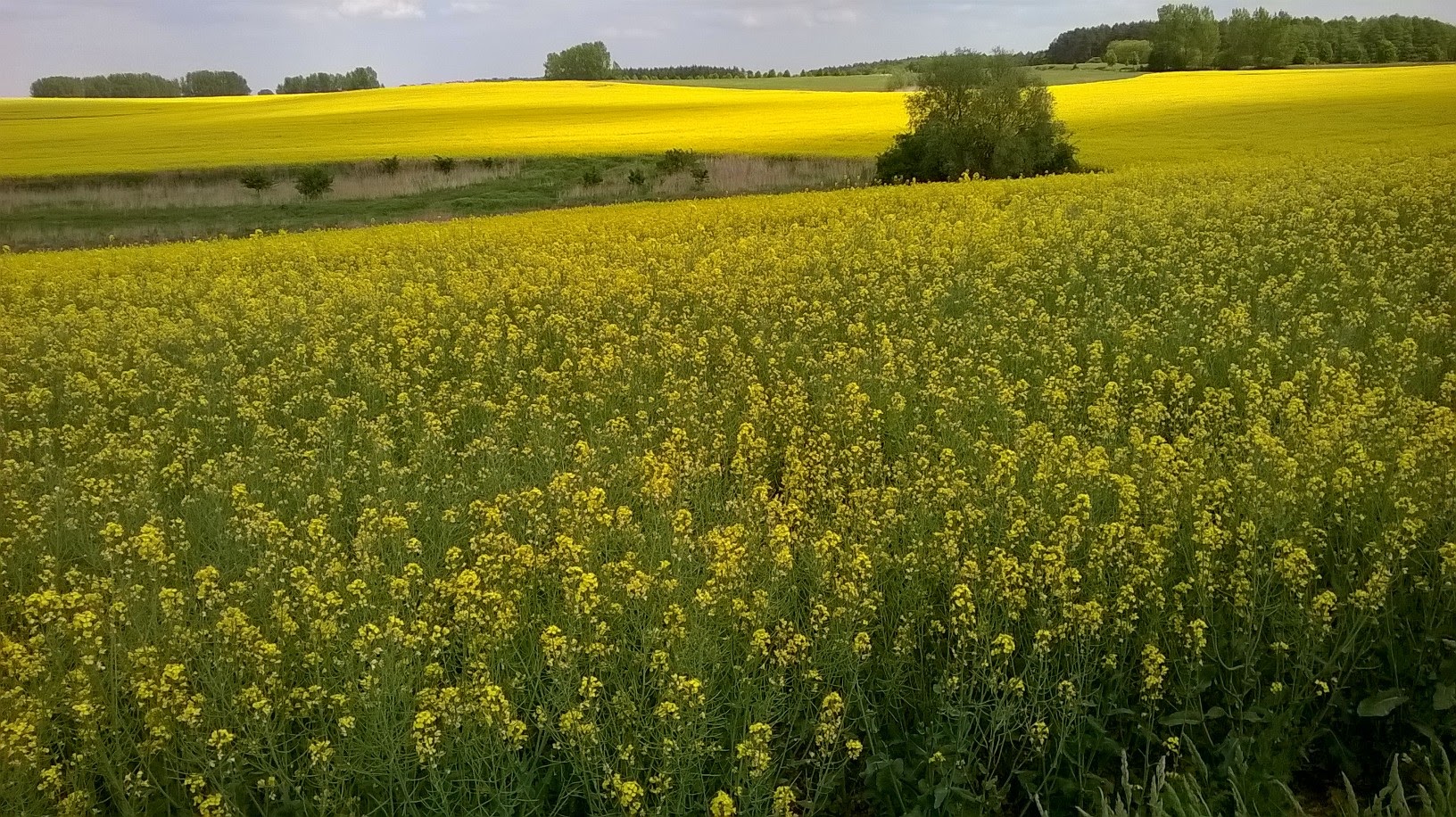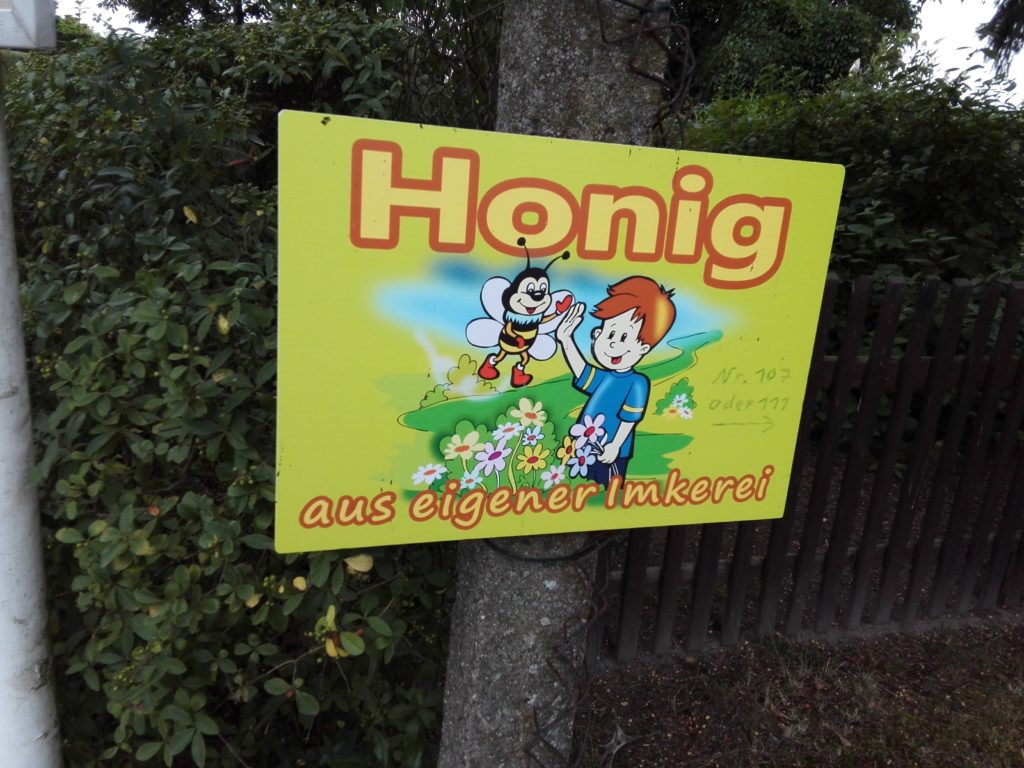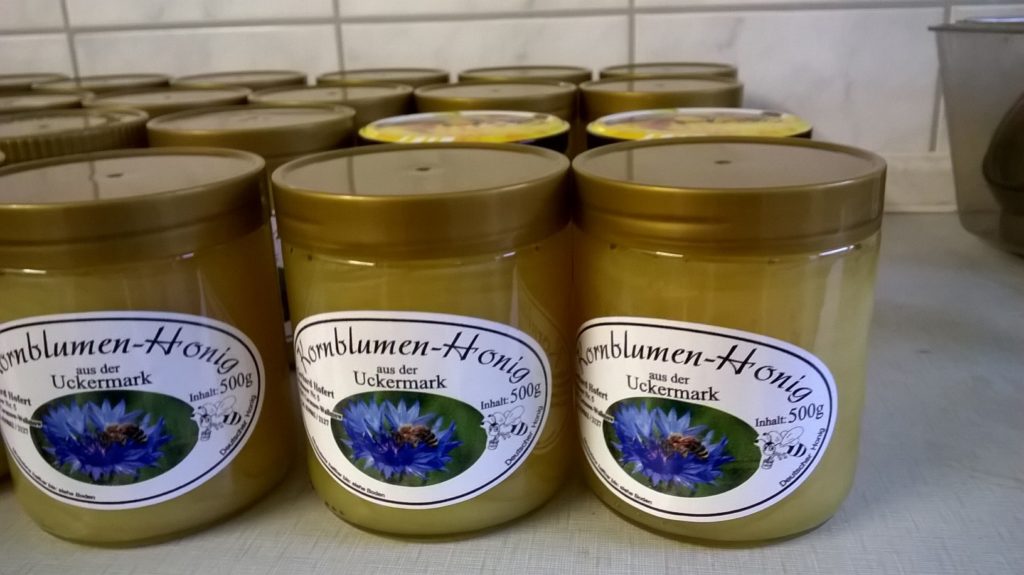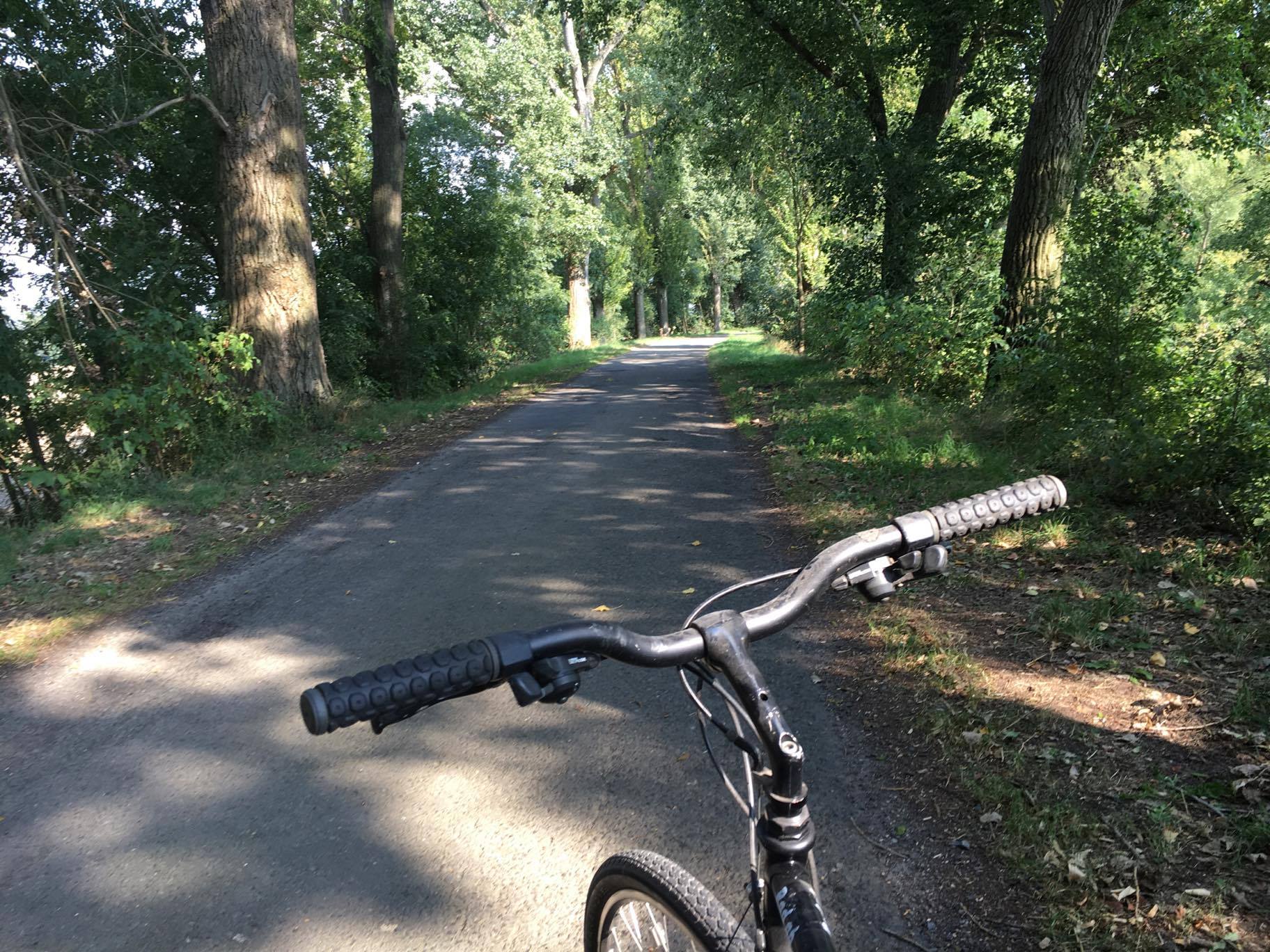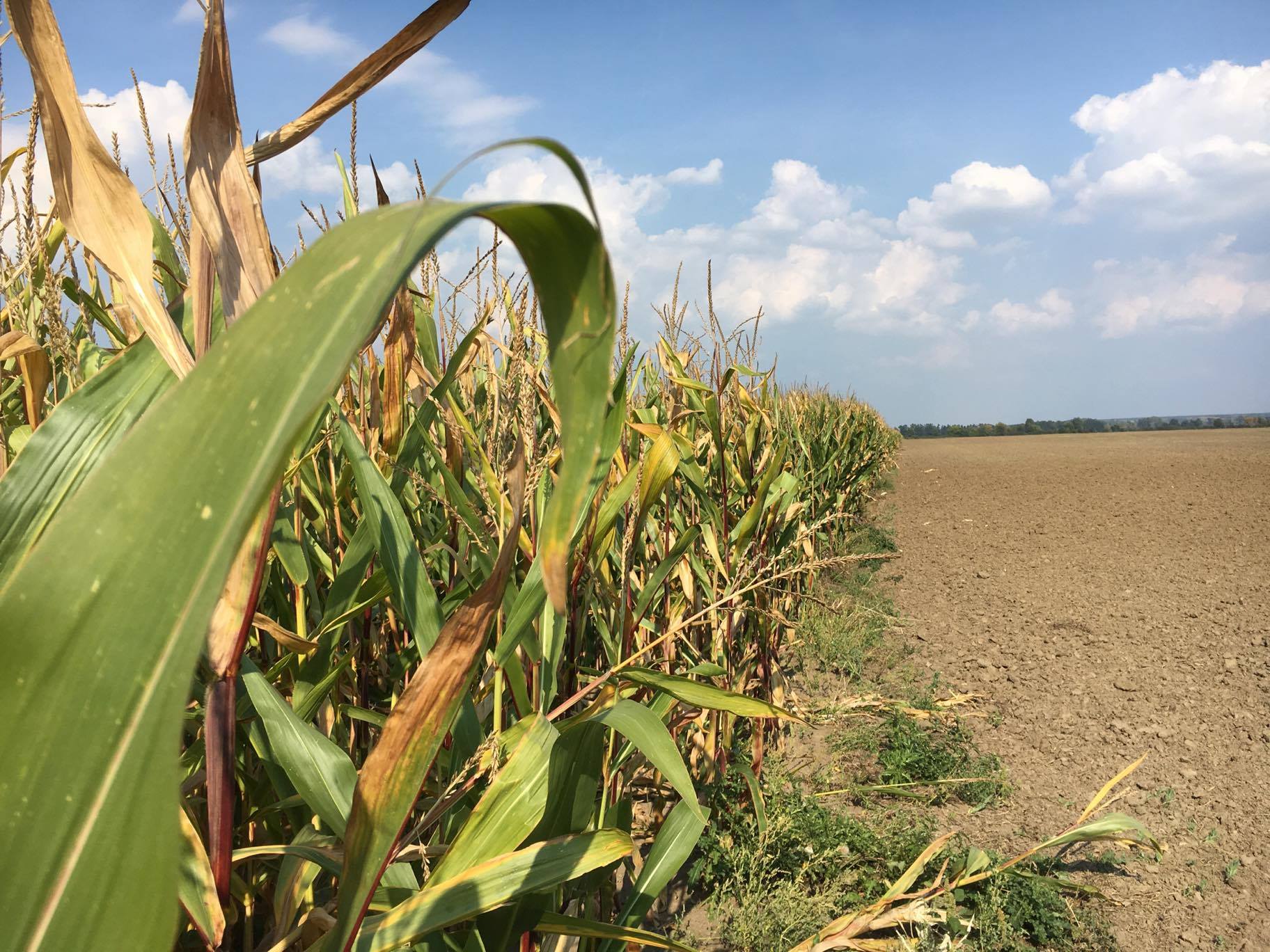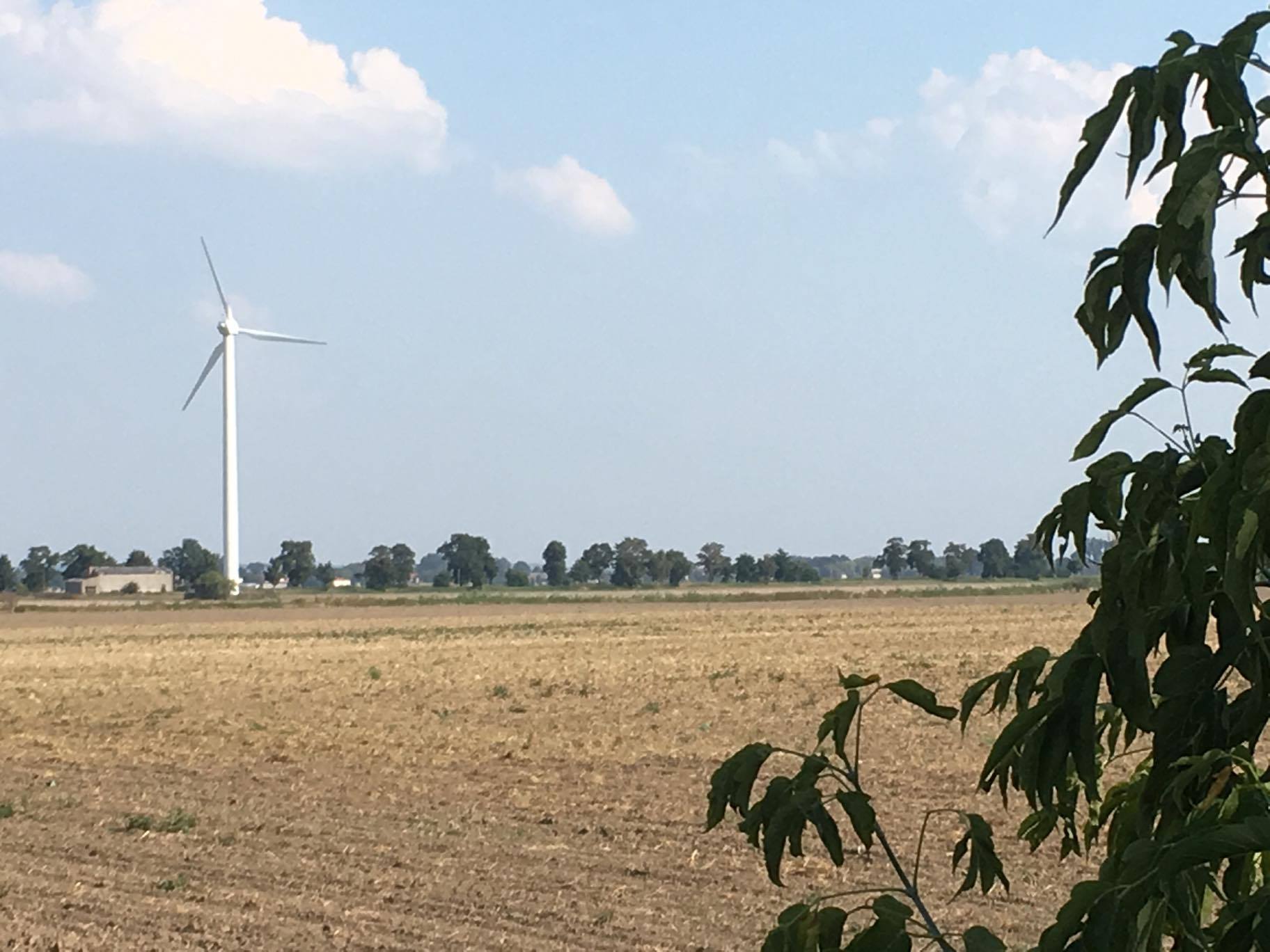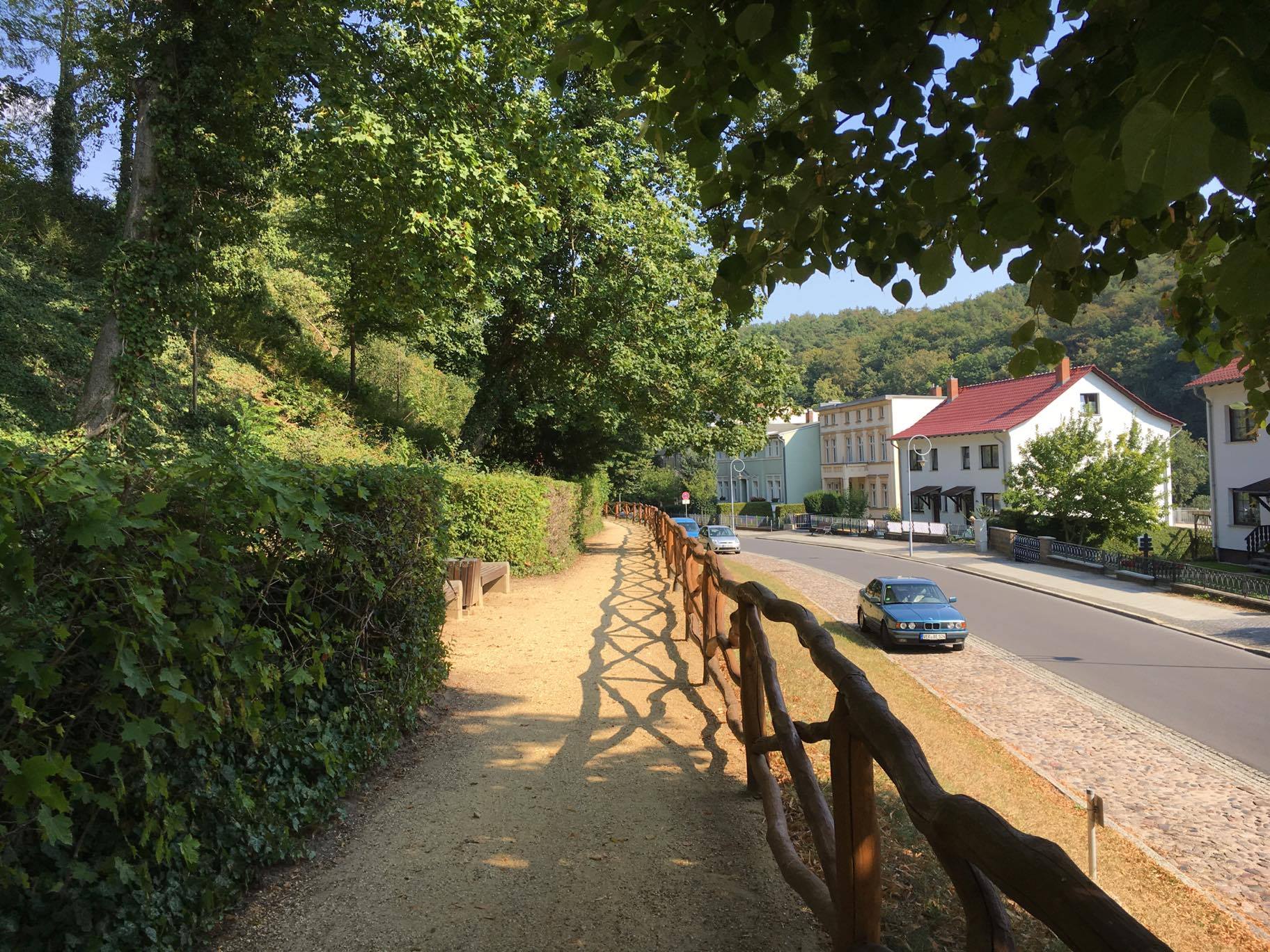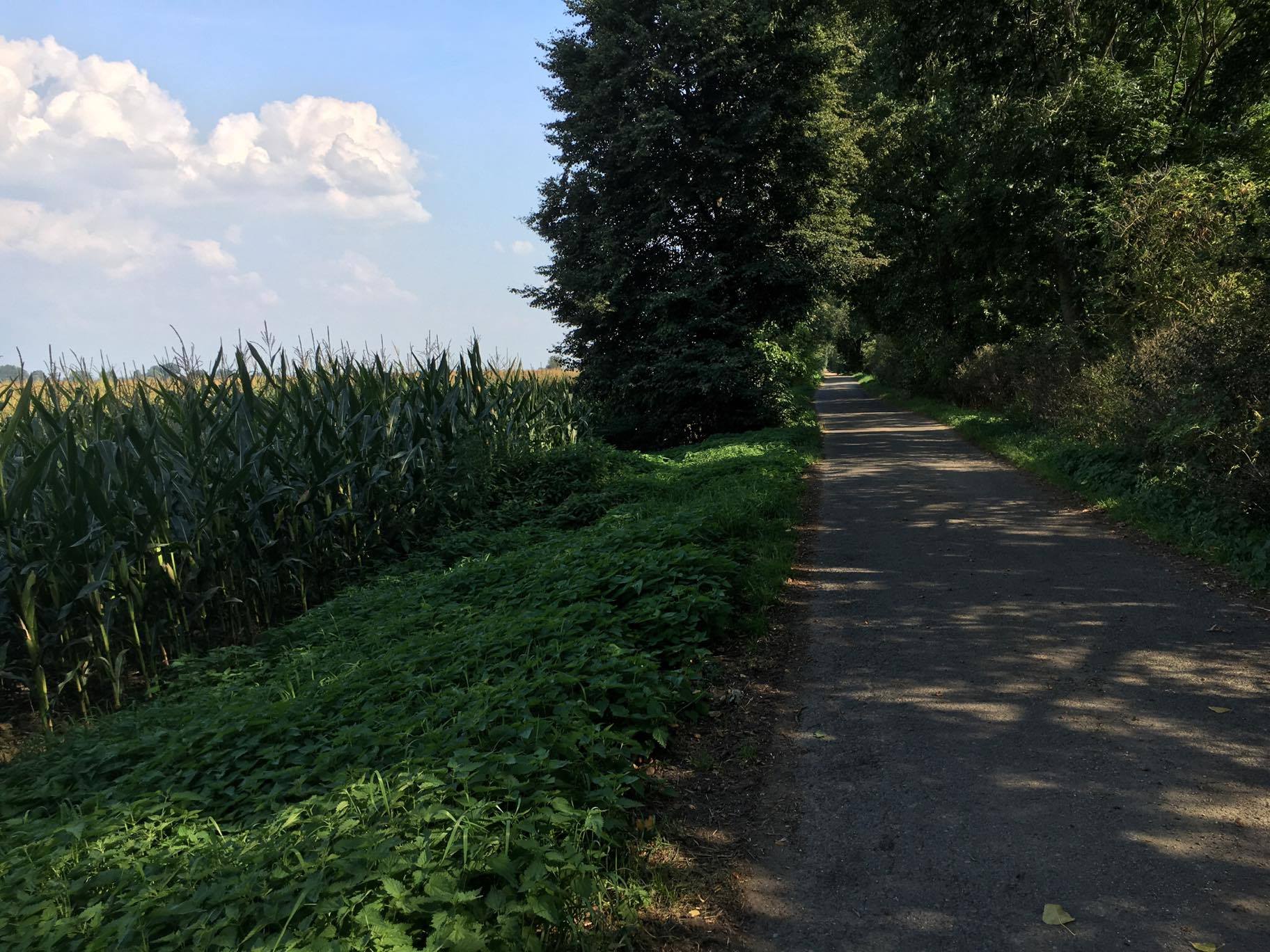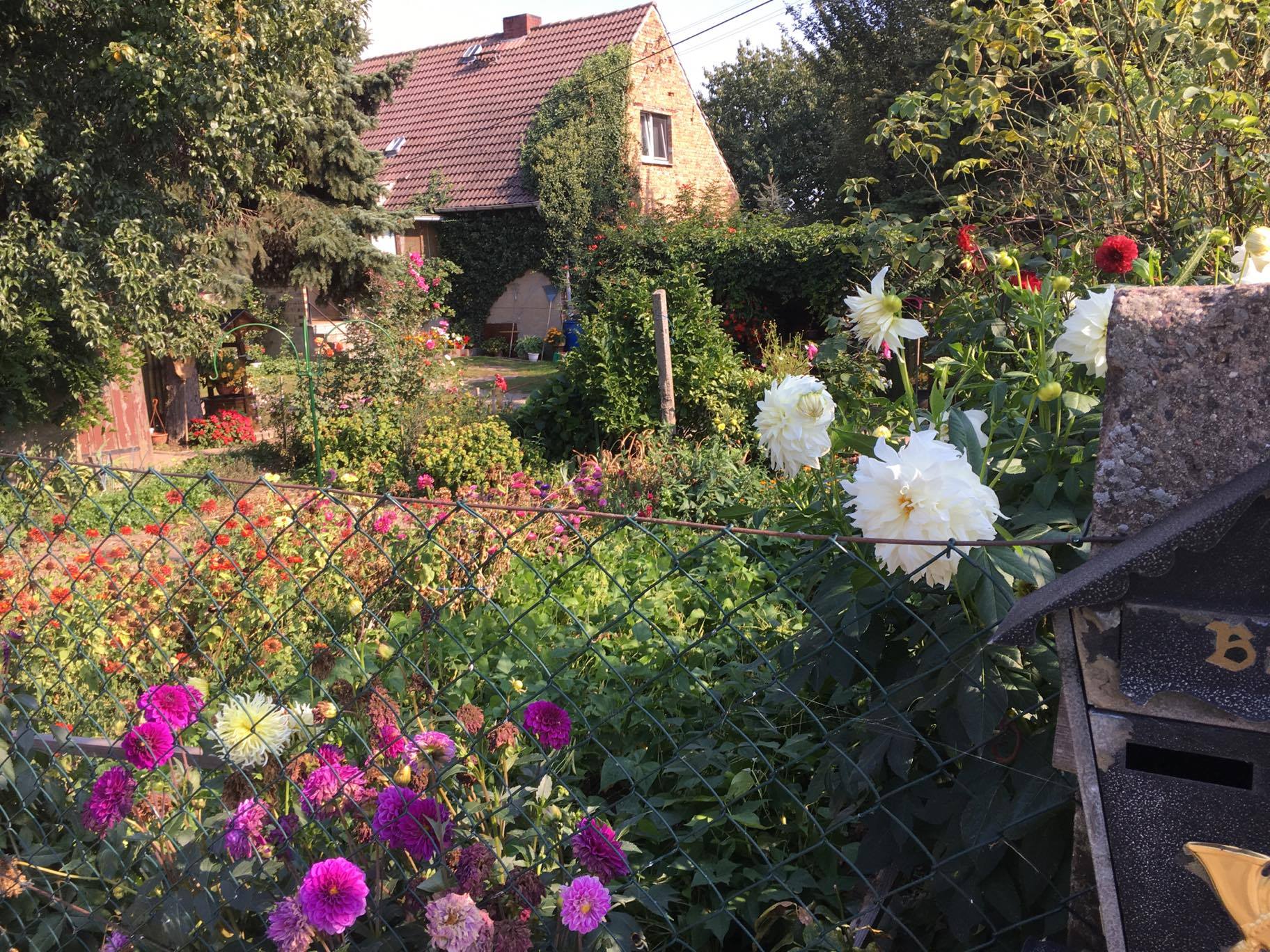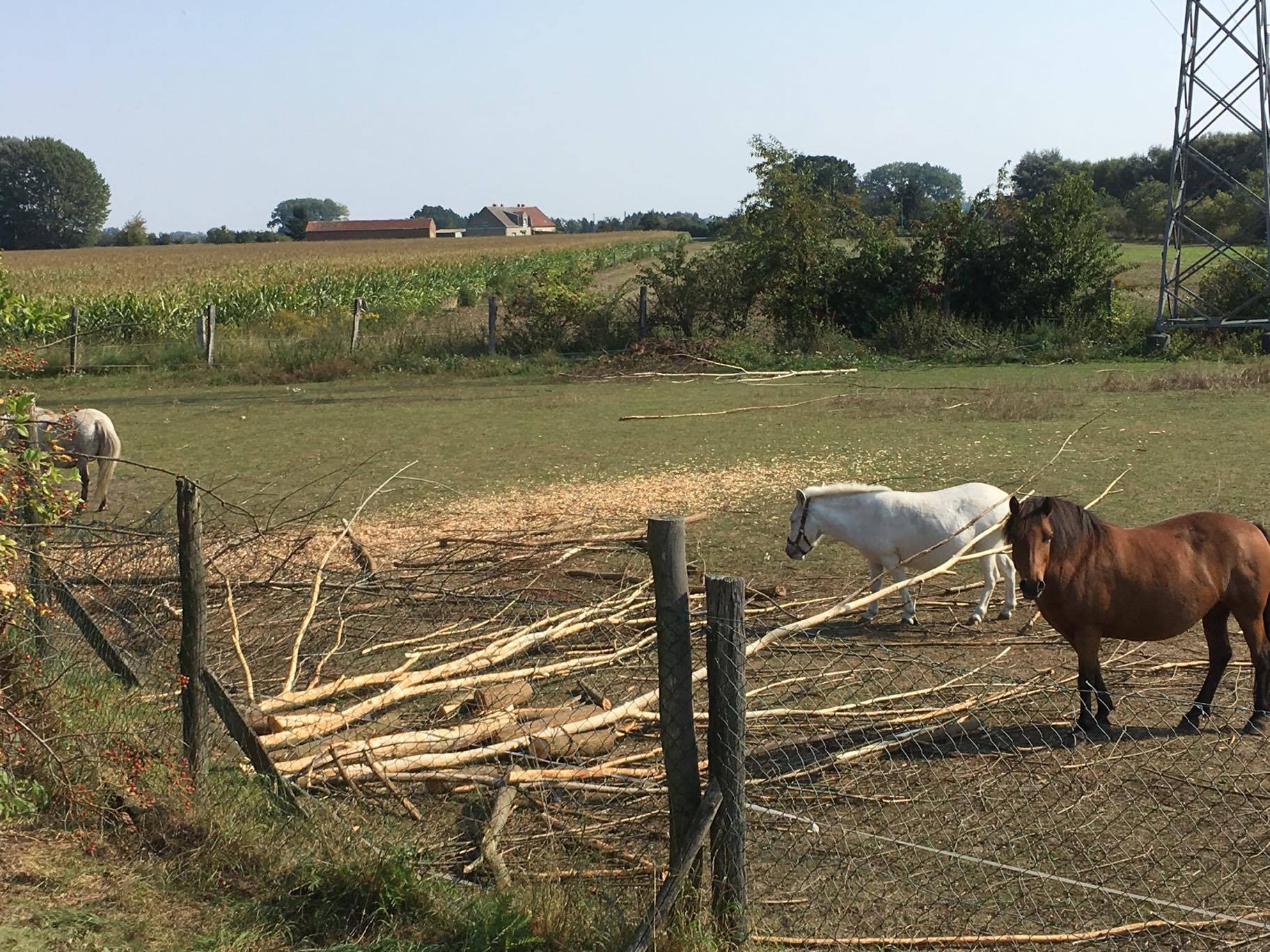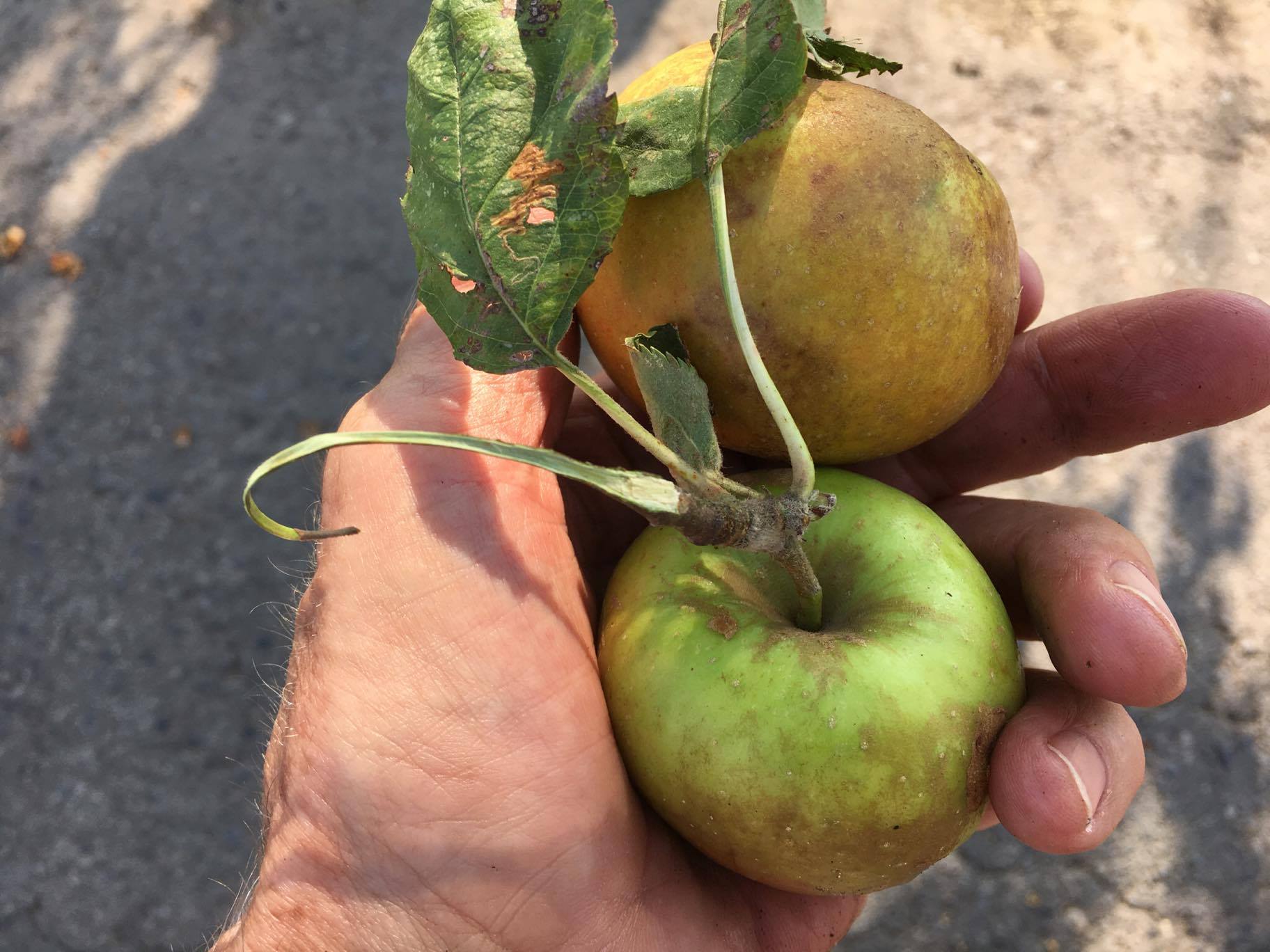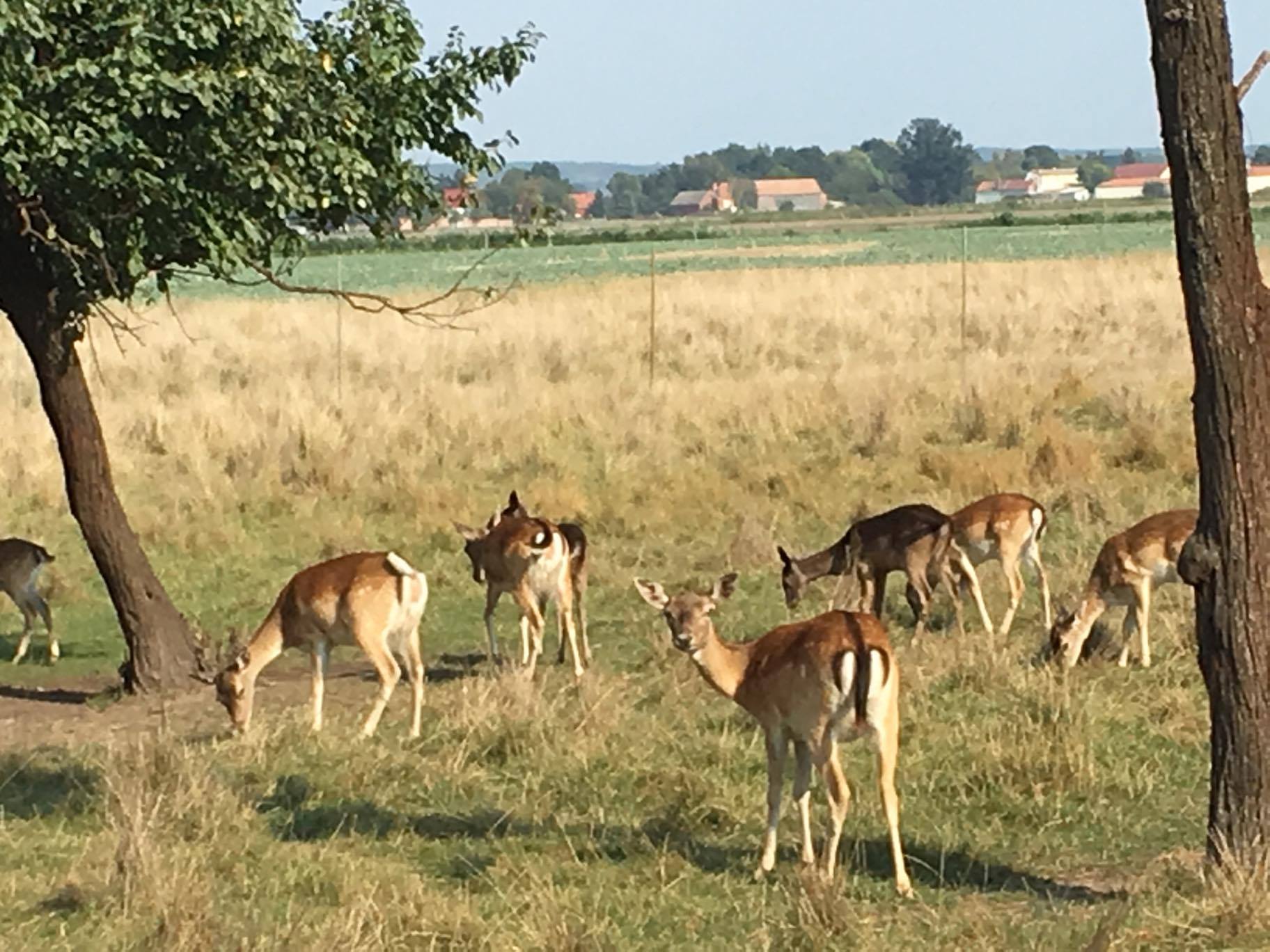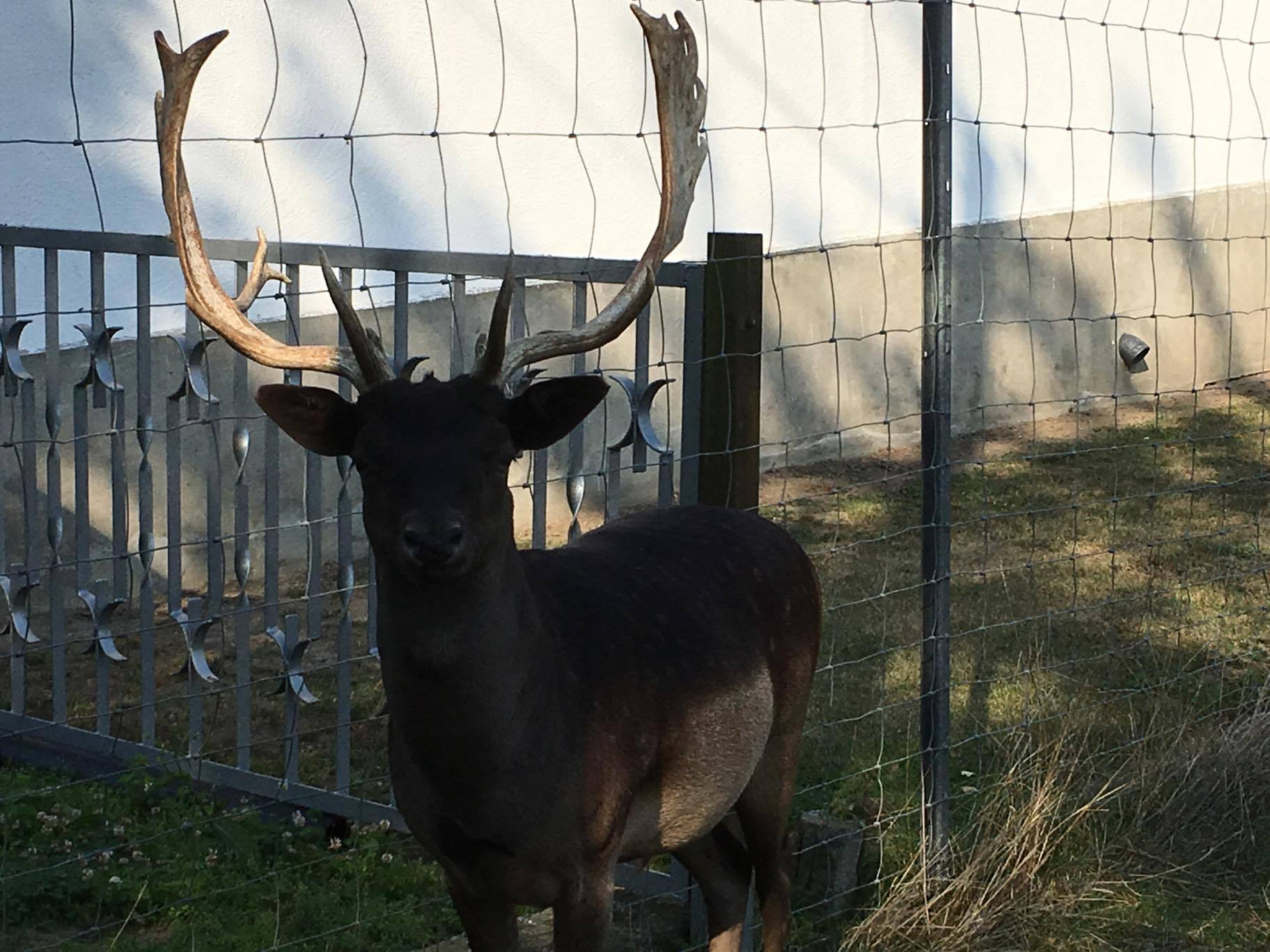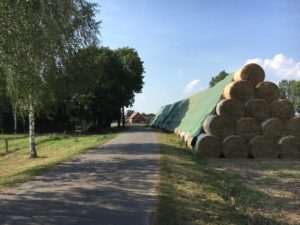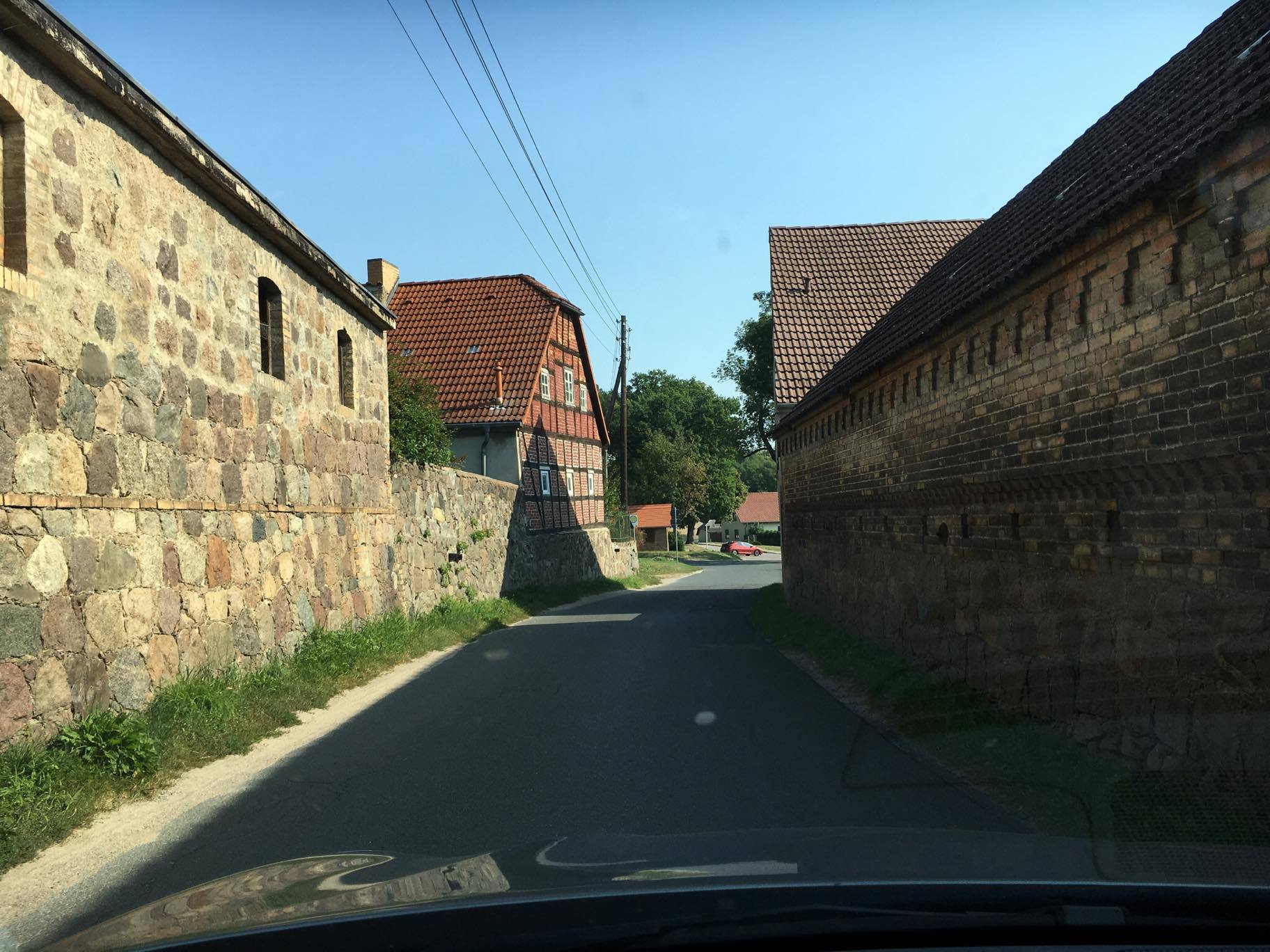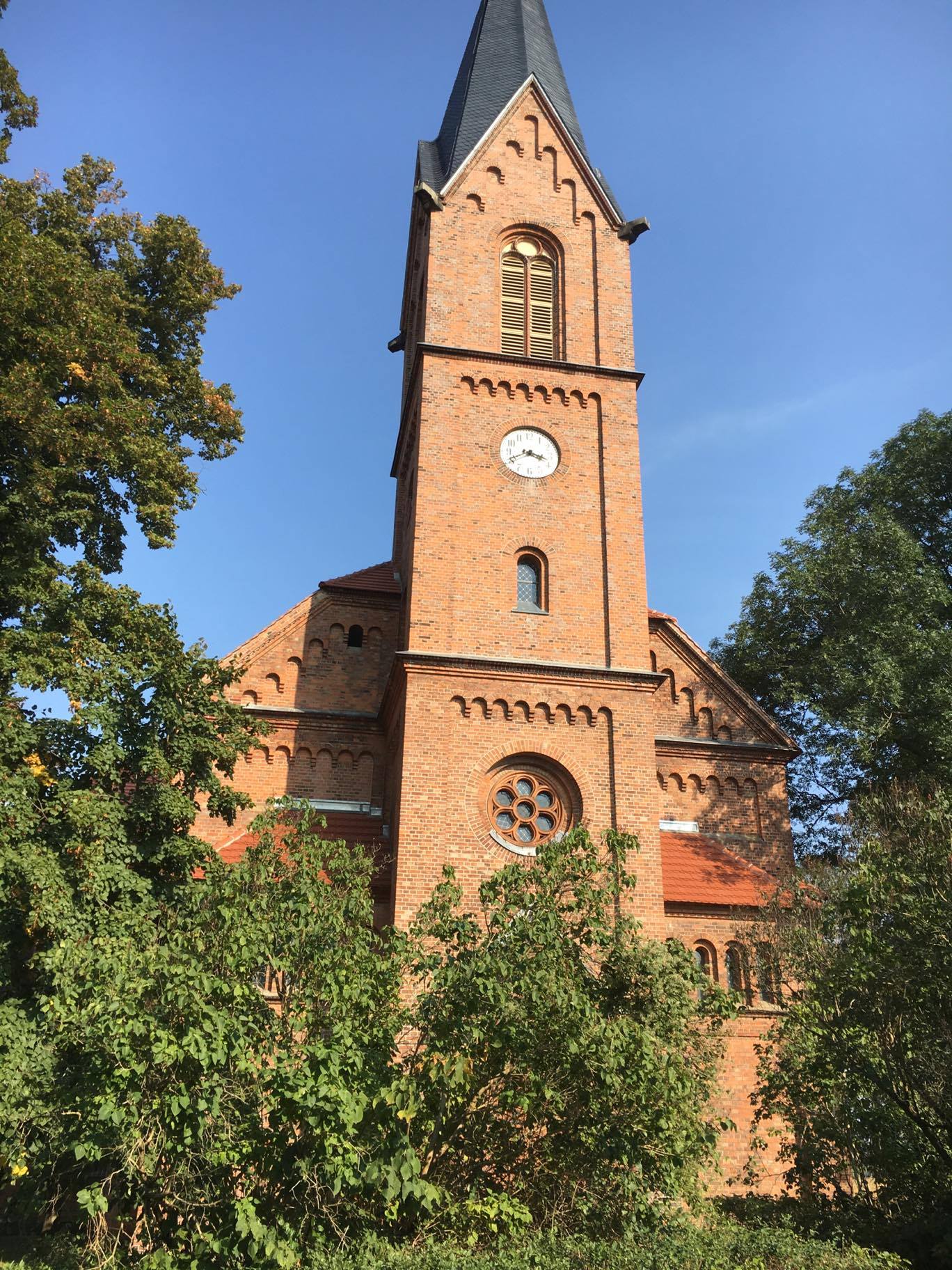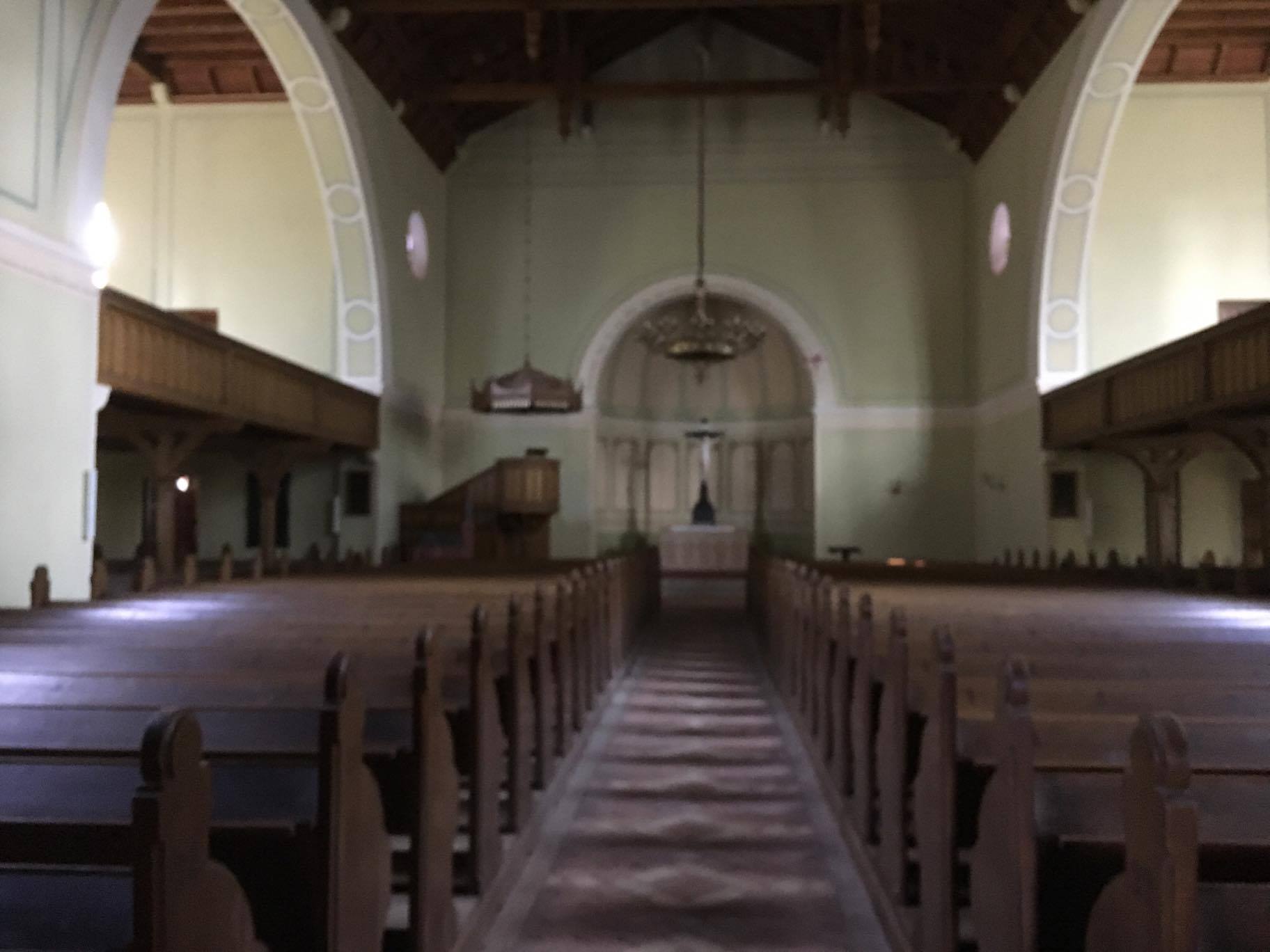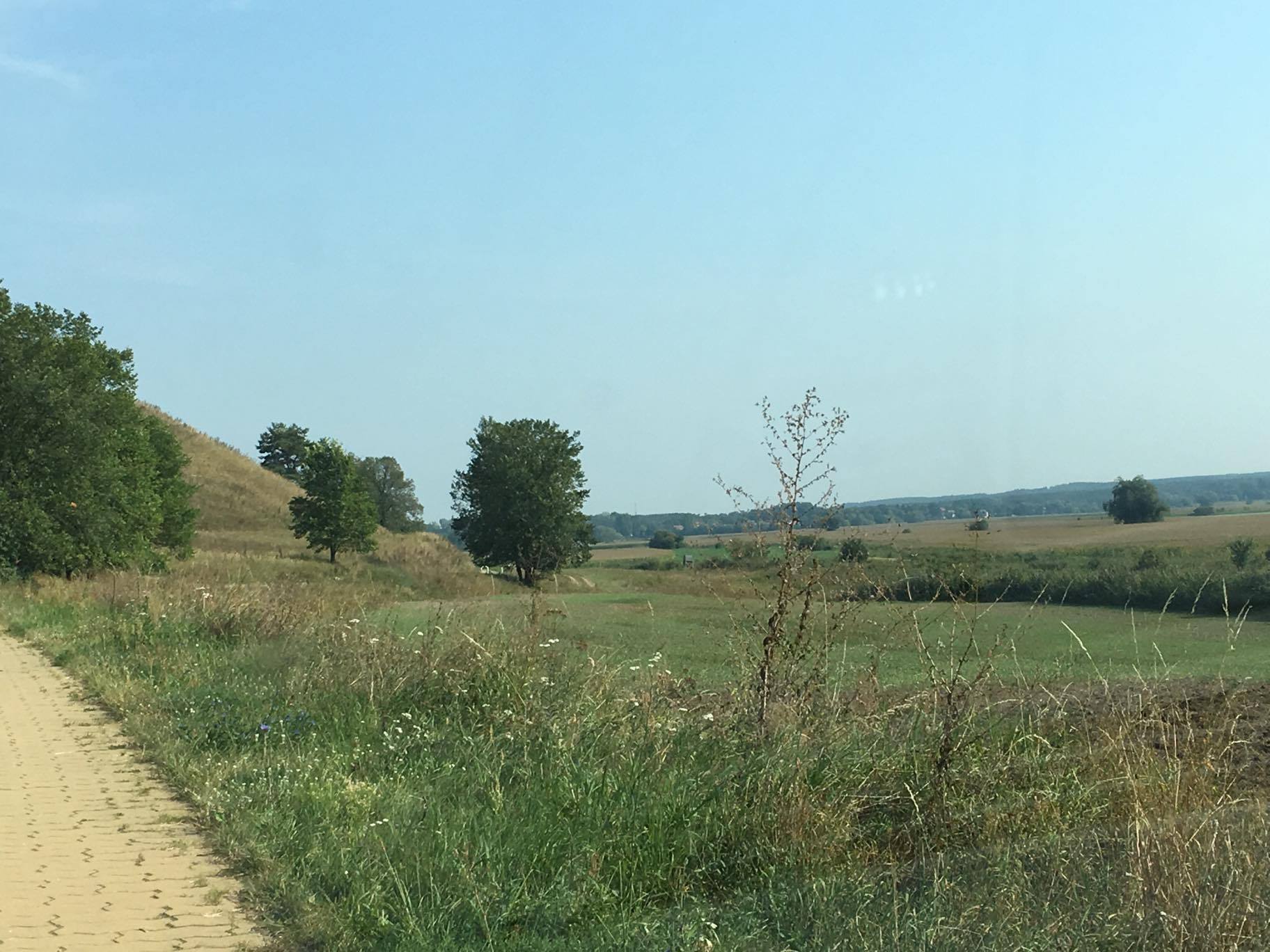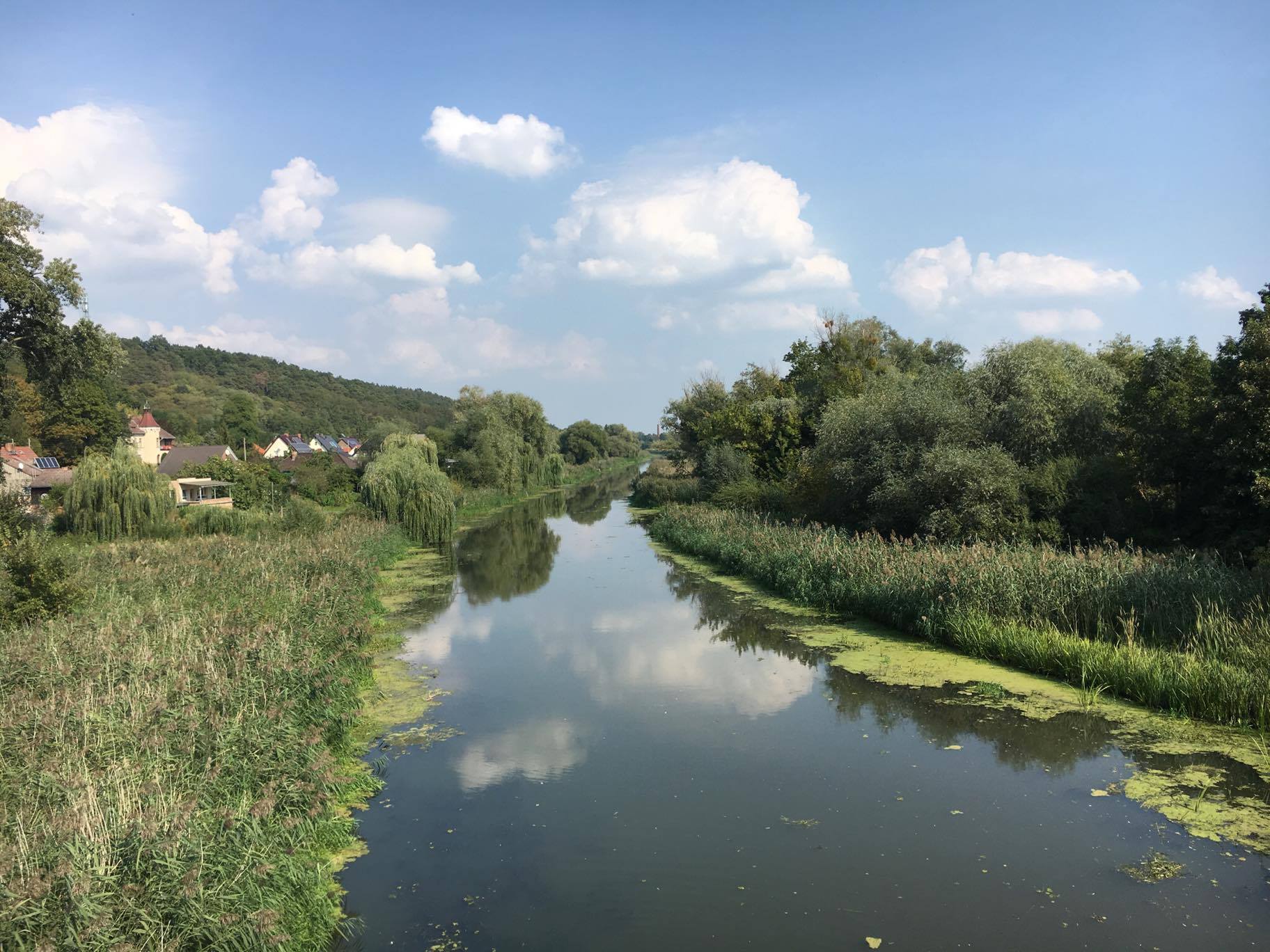Photos and information courtesy of Rosi.
My father raised honey bees in the 1970’s. He borrowed a bit of space from a farmer north of where we lived in Colorado. He ordered the bees and it was a great moment to get them all set up in their new hives and we would check out the hives, smoke them to calm them and bring home the combs to spin them into delicious honey. Some loyal bees would chase our car. We were stealing from them.
Moving to Japan, we have been fortunate to buy locally produced honey here, though as in the rest of the world the lovely honey bee is threatened by pesticides.
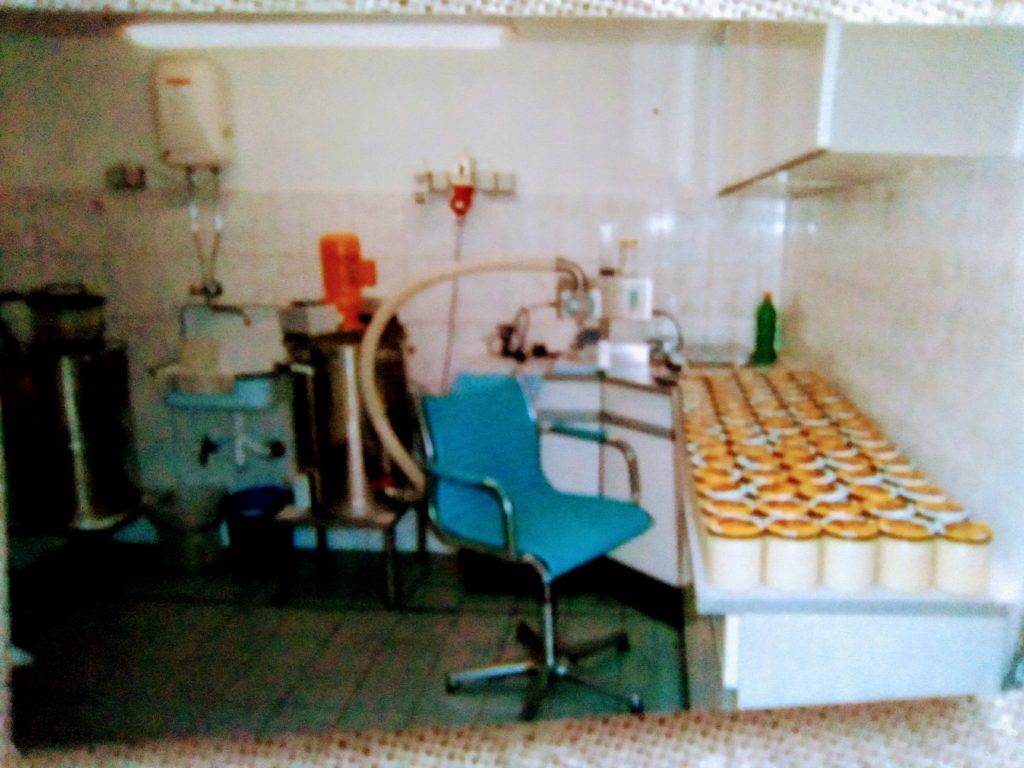
On our trip to the Oder areas of Uckermark and Märkische-Oderland, we came across allotment gardens with bee hives. We also found that some of our ancestors seem to have been Bee Keepers in former Neumark. So, that was a thrill.
Our friend Rosi has sent us a few photos of the machines used in processing the honey in her home town of Schwedt/Oder. Creamy or Whipped Honey is preferable for spreading on bread.
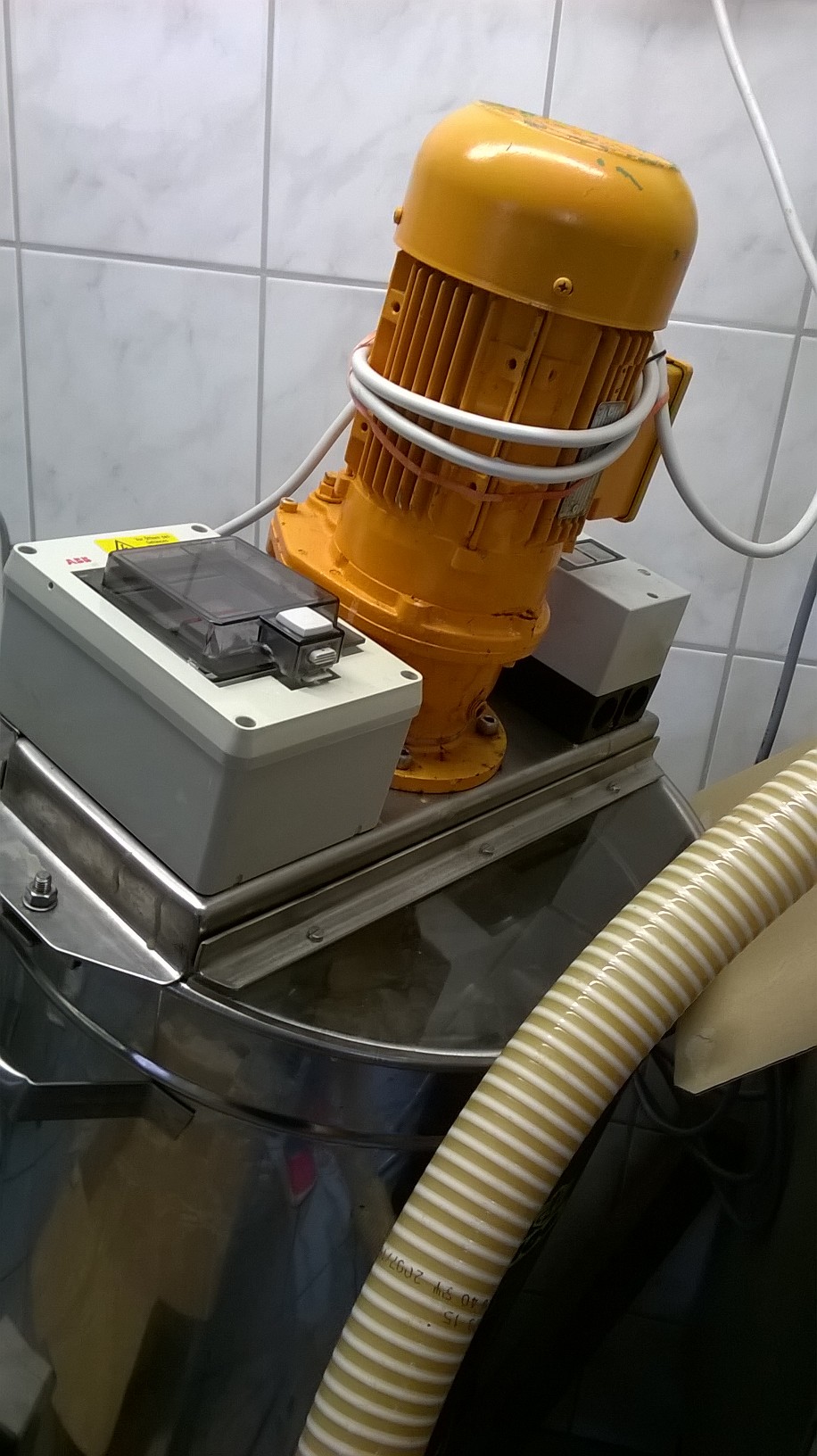
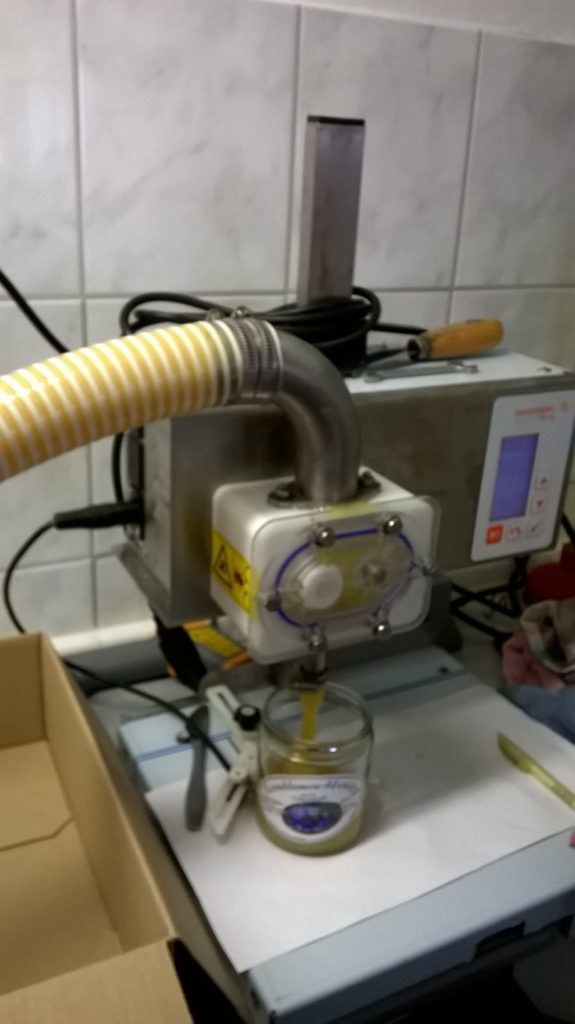
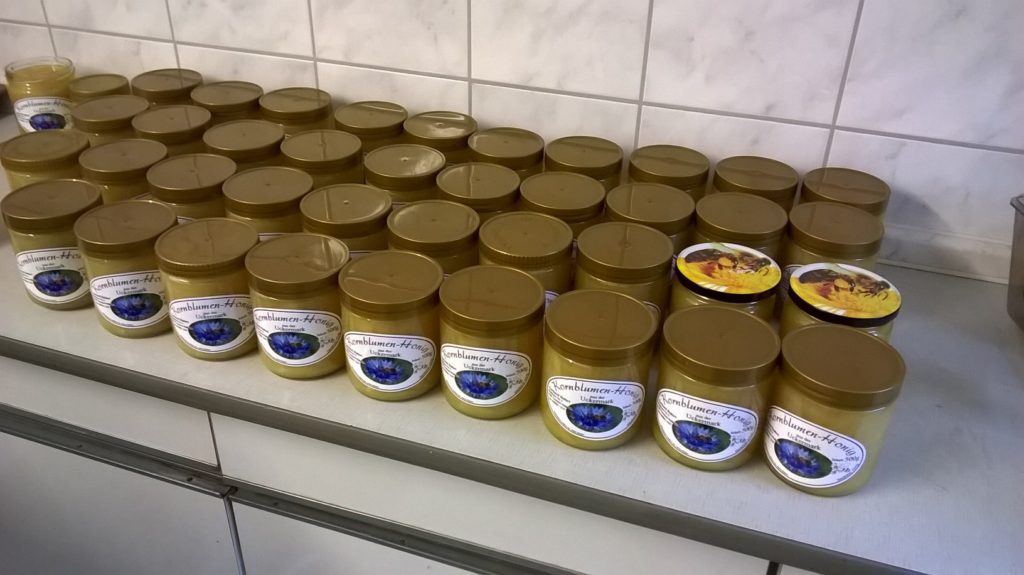
Some of the flowers used at different times of year are:
Raps/ Rapeseed/ Nanohana (菜の花)
Kornblume/ Cornflower/ Yagurumagiku (矢車菊)
Mehrblütigen / multifloral blend/ Hyakka (百花)
Sanddorn Frucht/ Sea Buckthorn Fruit/ Umikuroumemodoki (海クロモドキ)
Imker/ Bee Keeper/ Youhouka (養蜂家)
